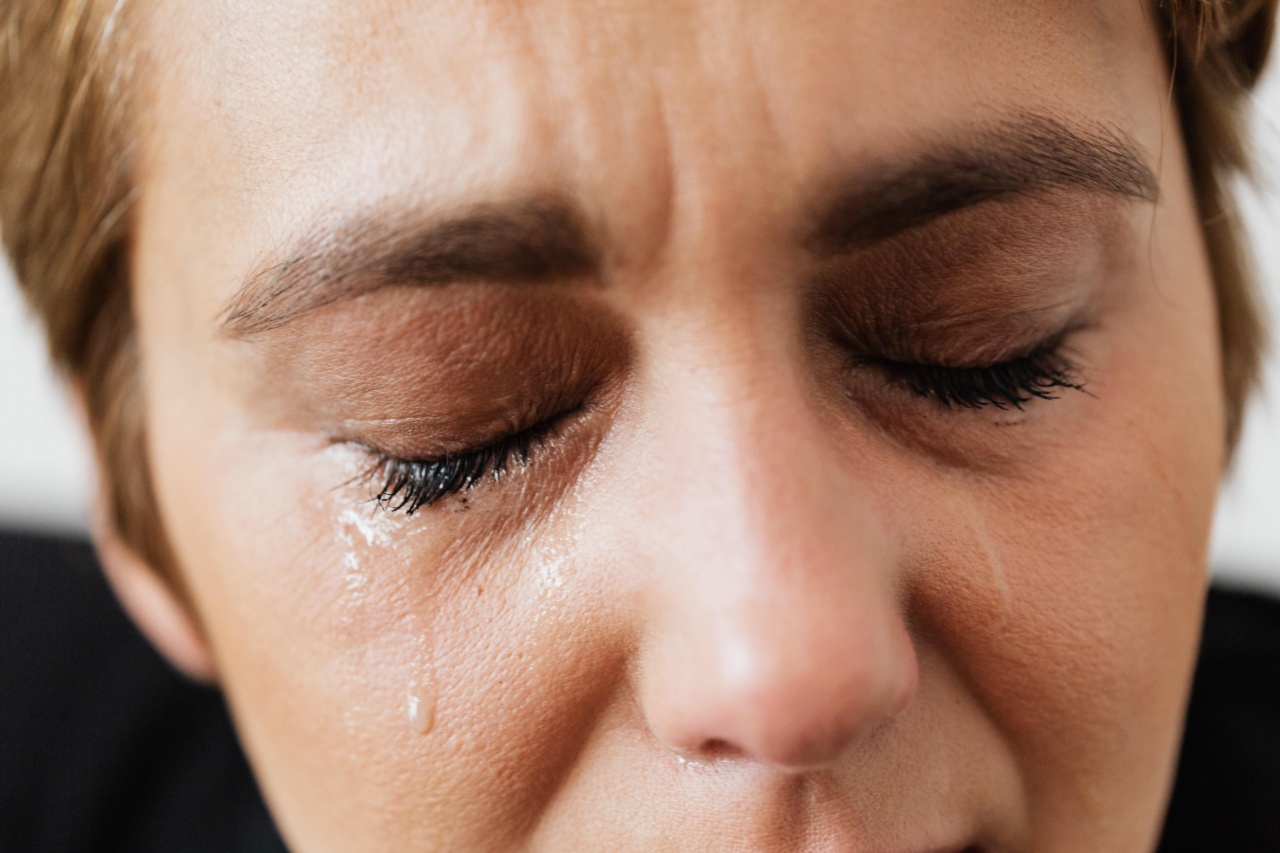Abdominal and dorsal pain in the middle of the body can be very uncomfortable and can lead to many problems in your everyday life.
Such pain can have different causes, ranging from gastrointestinal issues to musculoskeletal disorders, and can be very disruptive to your daily activities. Fortunately, there are ways to manage your abdominal and dorsal pain and prevent it from recurring.
Understanding Abdominal and Dorsal Pain in the Middle of the Body
Abdominal and dorsal pain in the middle of the body can occur for various reasons, and each cause has its own unique symptoms. Some of the common causes of abdominal pain include:.
- Gastrointestinal issues like IBS (irritable bowel syndrome), GERD (gastroesophageal reflux disease), and stomach ulcers
- Menstrual cramps in women
- Bladder or urinary tract infection (UTI)
- Pancreatitis
On the other hand, dorsal pain in the middle of the body is often caused by musculoskeletal disorders, such as:.
- Thoracic spine issues
- Intercostal muscle strain
- Scoliosis
- Rib injuries or fractures
Regardless of the cause, abdominal and dorsal pain can be a significant source of discomfort and hinder your daily activities. It’s essential to understand the underlying causes of the pain so that you can take the necessary measures to alleviate it.
Managing Abdominal and Dorsal Pain in the Middle of the Body
There are several ways to manage abdominal and dorsal pain effectively. Here are some of the things you can do to alleviate the pain:.
1. Apply Heat or Cold Therapy
If you’re experiencing dorsal pain, applying heat or cold therapy to the affected area can help ease the discomfort. If the pain is due to a muscle strain, applying a cold compress can help reduce inflammation and swelling.
Alternatively, applying heat to the affected area can improve blood flow and reduce stiffness in the muscles.
2. Take Medications
If over-the-counter pain relievers don’t work, you may want to talk to your doctor about prescription medications that can help alleviate the pain. For example, your doctor may prescribe muscle relaxants and opioid painkillers to help manage the pain.
3. Practice Relaxation Techniques
Stress can exacerbate pain in the body, including abdominal and dorsal pain. Practicing relaxation techniques like deep breathing and meditation can help alleviate stress, promote relaxation, and reduce the intensity of the pain.
4. Change Your Eating Habits
If the pain is due to gastrointestinal issues like IBS or GERD, you may need to change your eating habits.
Some of the things you can do include eating smaller portions more frequently, avoiding spicy or acidic foods, and reducing your intake of caffeine and alcohol.
5. Get Adequate Sleep
Getting adequate sleep can help promote healing and reduce the intensity of abdominal and dorsal pain. Strive to get at least 7-8 hours of sleep each night, and try to maintain a regular sleep schedule to promote better sleep hygiene.
6. Strengthen Your Muscles
If the pain is due to musculoskeletal disorders like thoracic spine issues or rib injuries, you may need to strengthen your core and back muscles.
Doing exercises like core-strengthening and Pilates can help improve your posture and reduce the intensity of the pain.
Preventing Abdominal and Dorsal Pain in the Middle of the Body
The best way to prevent abdominal and dorsal pain is to take good care of your body. Here are some of the things you can do to minimize the risk of abdominal and dorsal pain:.
1. Eat a Healthy Diet
Eating a balanced diet of lean proteins, whole grains, fruits, and vegetables can help keep your body healthy and minimize the risk of gastrointestinal issues that may lead to abdominal pain.
2. Exercise Regularly
Regular exercise can help keep your muscles strong and healthy. Try to incorporate a combination of aerobic exercise and strength training in your daily routine to keep your body in top shape.
3. Manage Stress
Stress can exacerbate pain in the body. Try to manage your stress levels through relaxation techniques like meditation or yoga.
4. Practice Good Posture
Practicing good posture can help reduce the strain on your back muscles and minimize the risk of dorsal pain. Make sure you sit and stand up straight, and avoid slouching or hunching over.
5. Get Regular Checkups
Getting regular checkups with your doctor can help you stay on top of any underlying medical conditions that may lead to abdominal or dorsal pain. Be sure to follow your doctor’s instructions and take your medications as prescribed.
Conclusion
In conclusion, abdominal and dorsal pain in the middle of the body can be challenging to deal with, but there are ways to manage the pain effectively.
By keeping your body healthy and taking care of yourself, you can reduce the risk of experiencing abdominal or dorsal pain and live a more comfortable life.





























